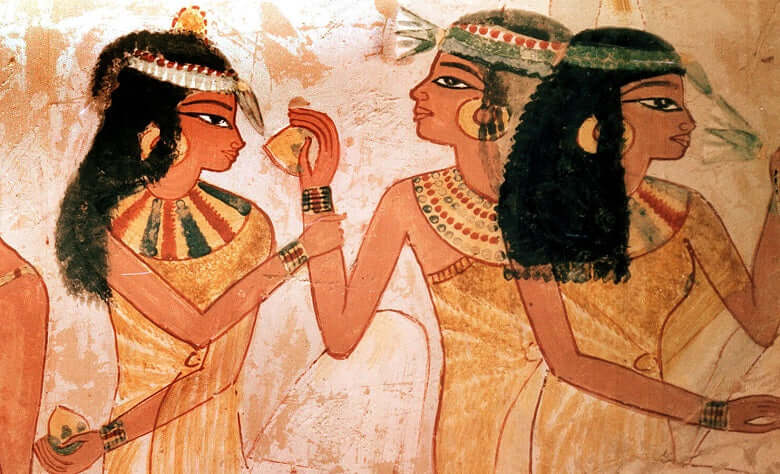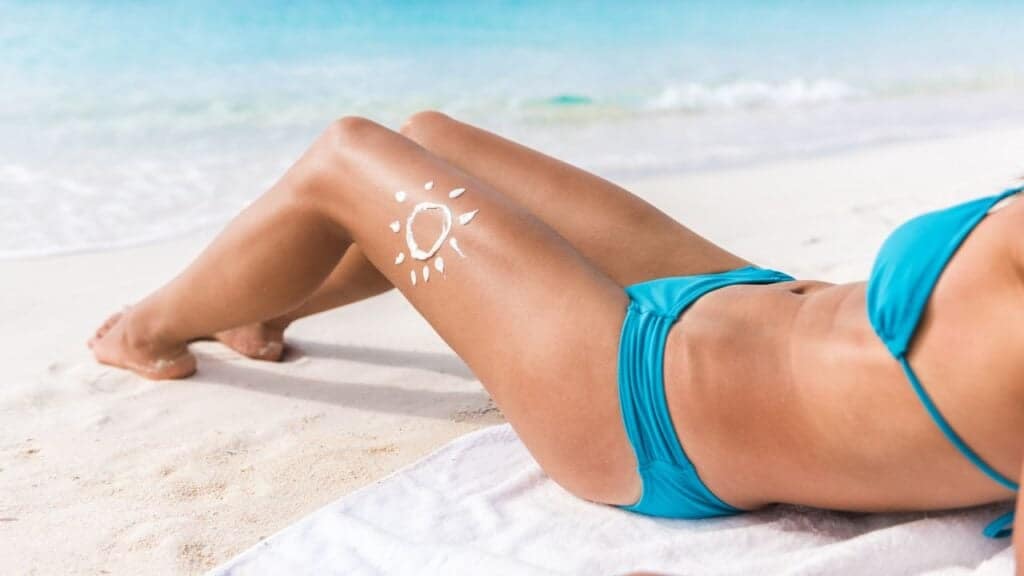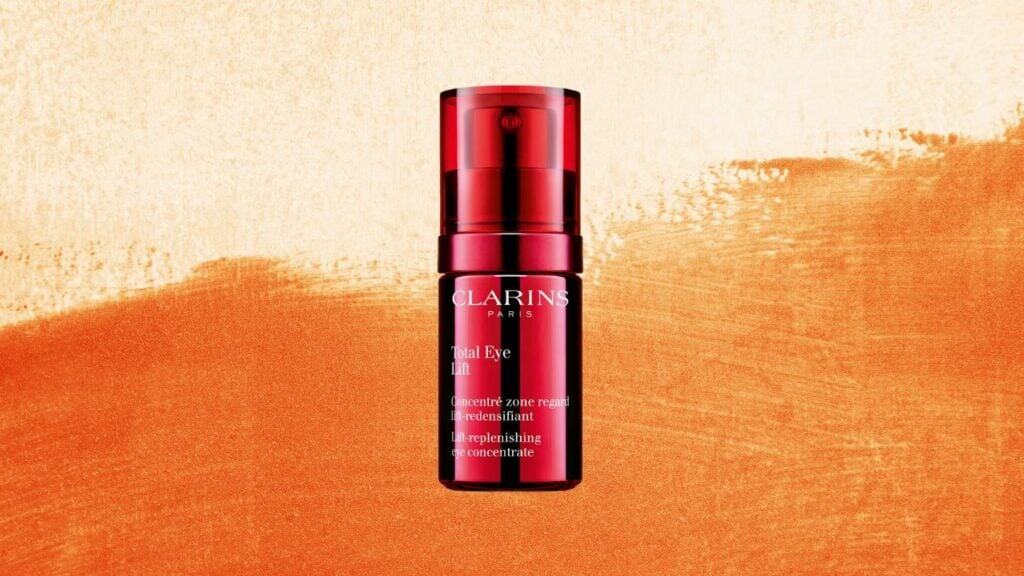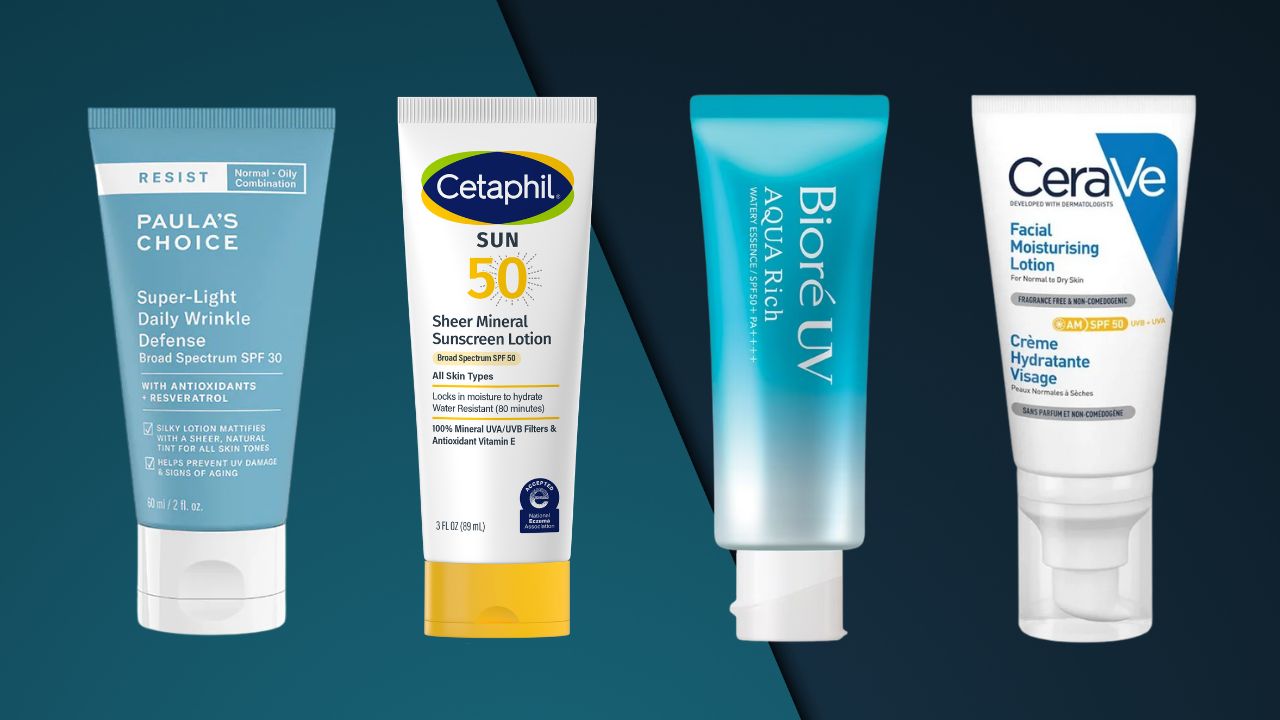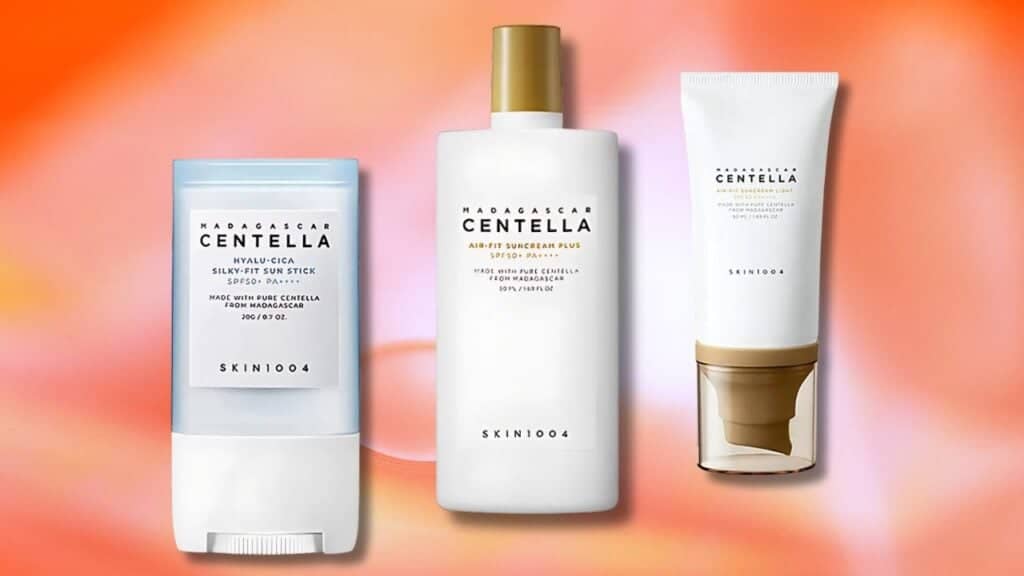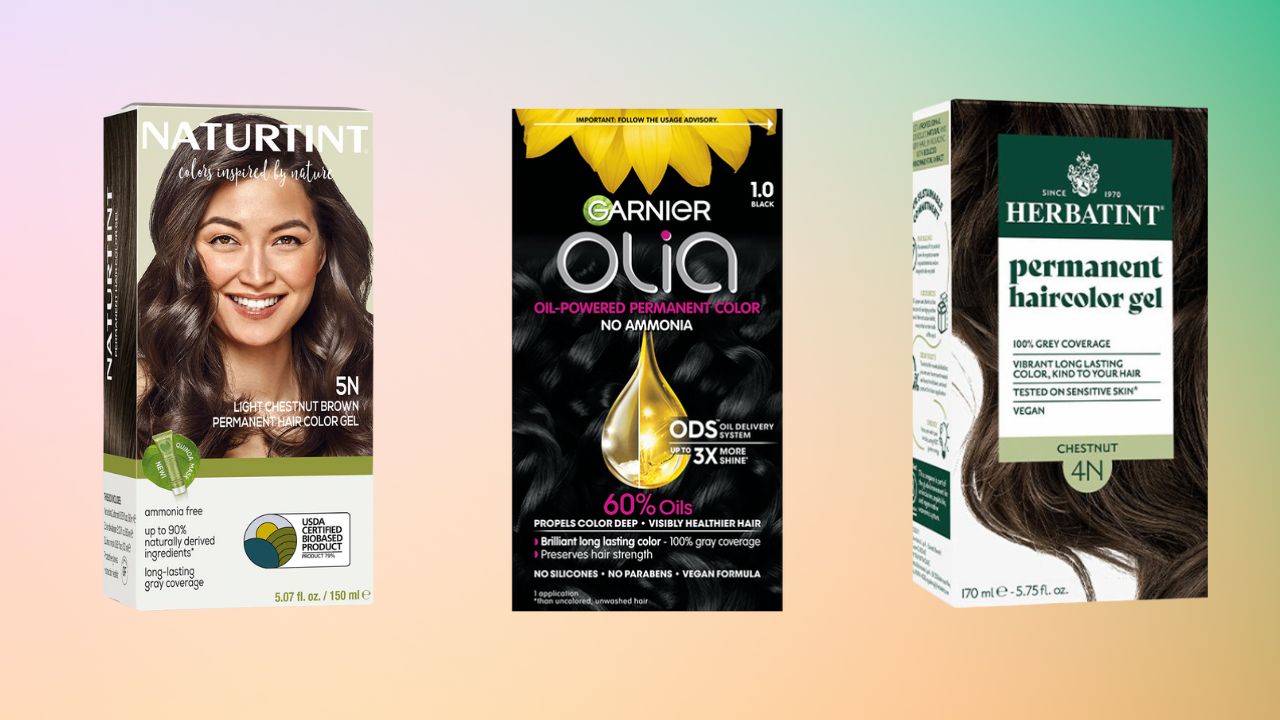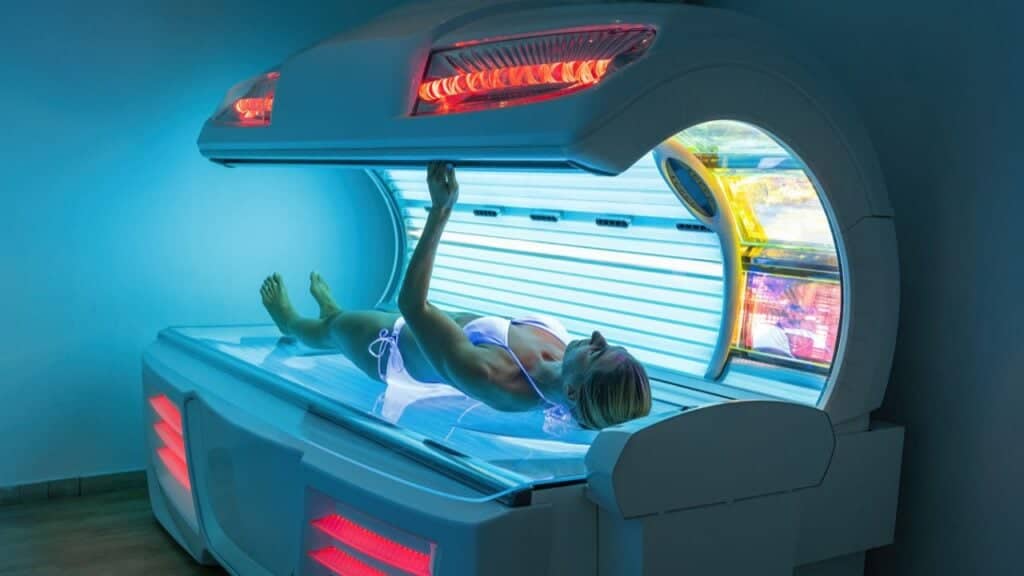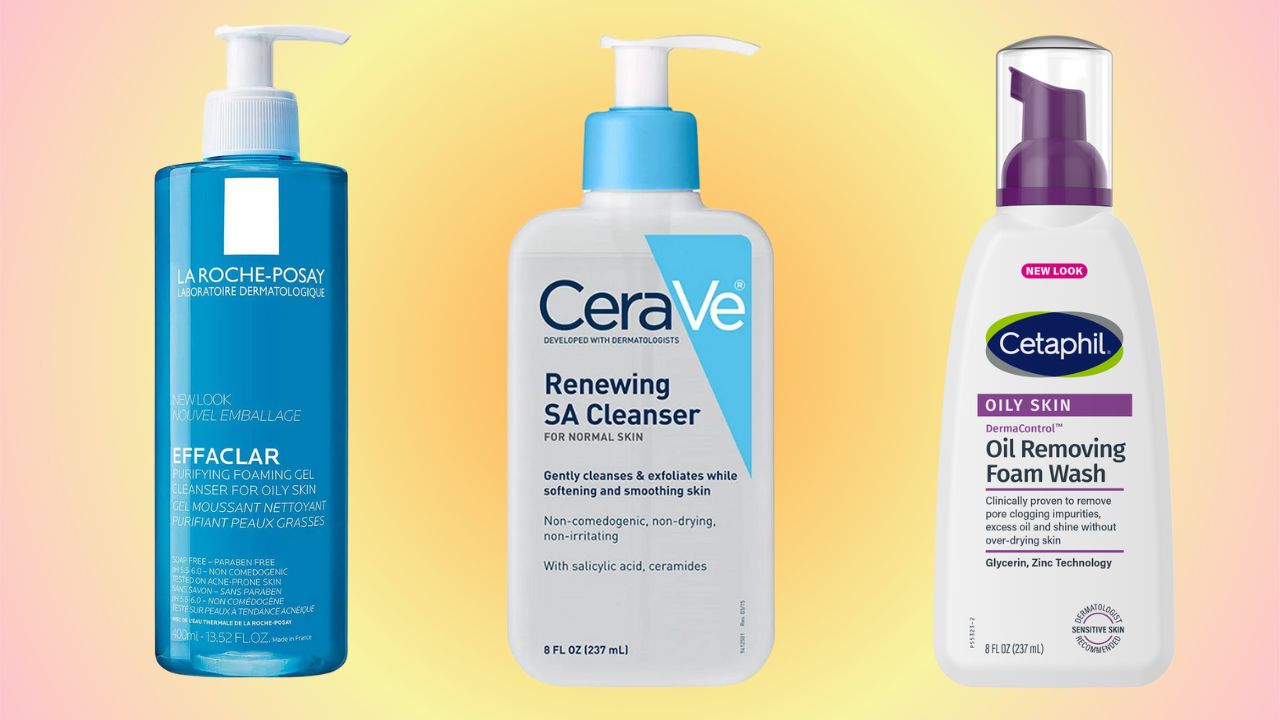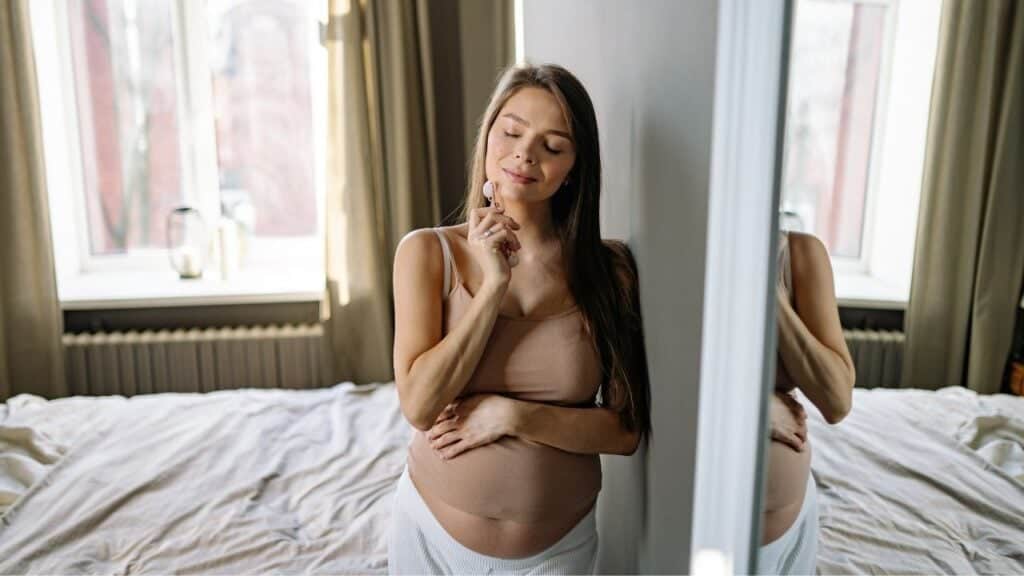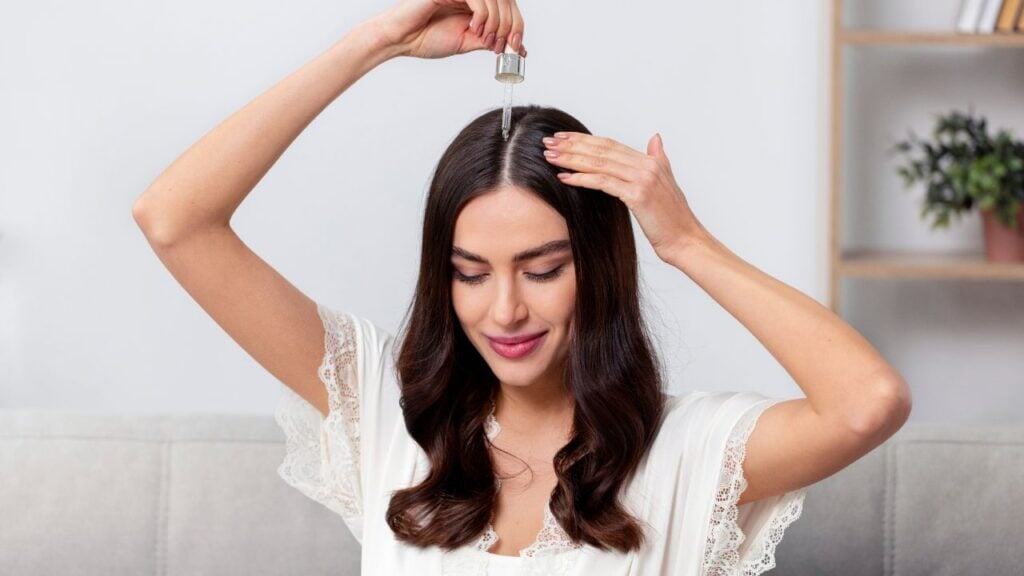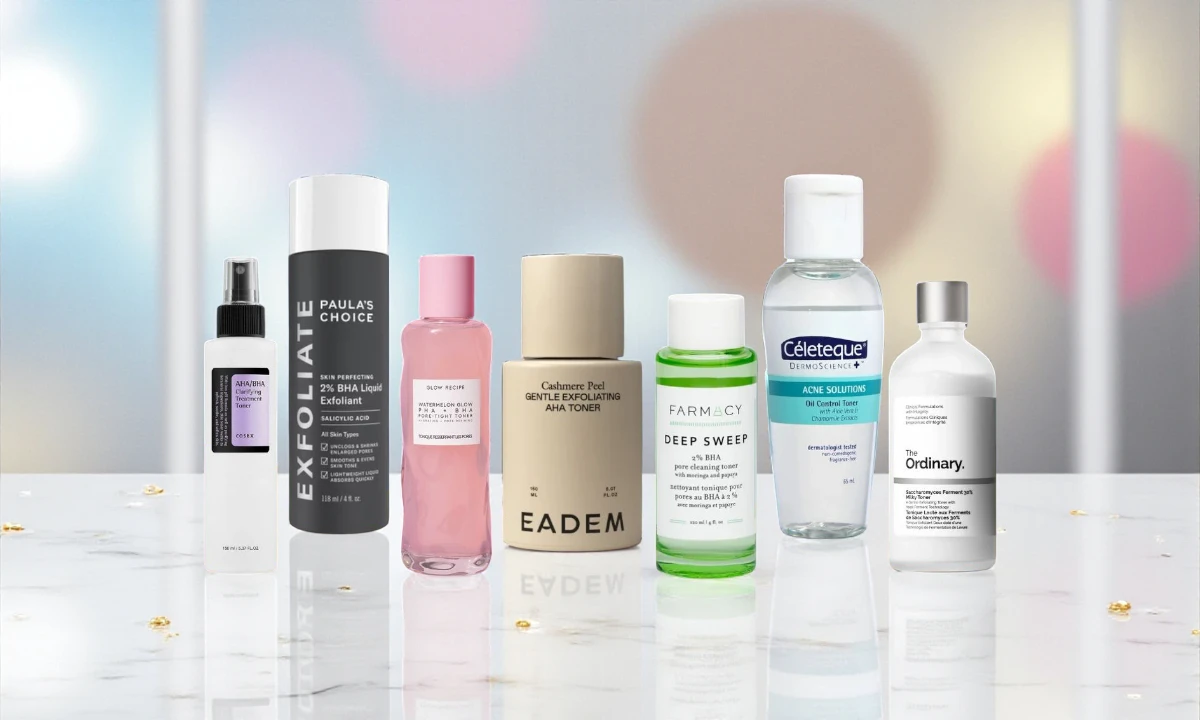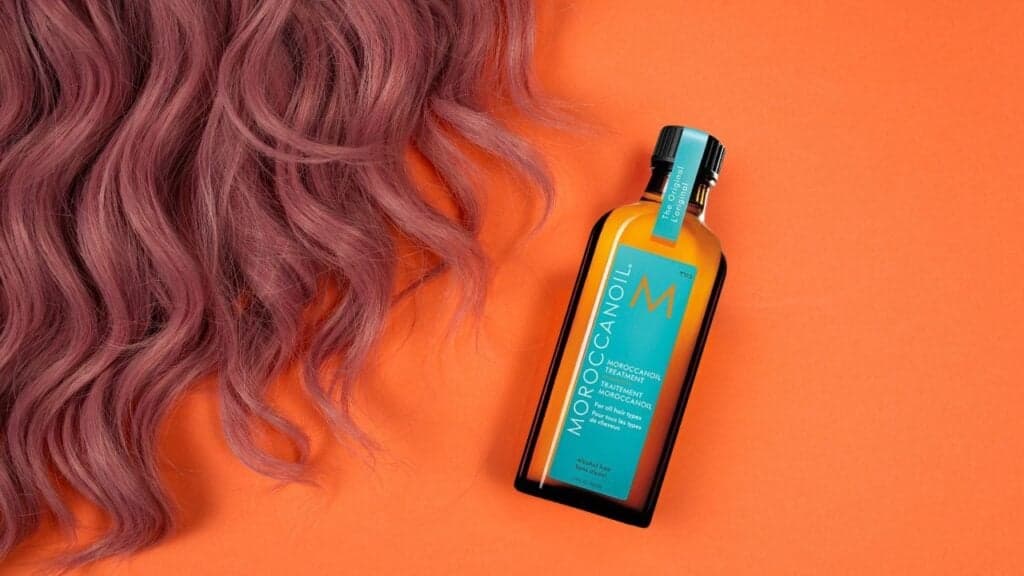Blog
Home / Origins & History of Perfume / History of Perfumes & Fragrances: A Timeline
Categories
Recent Posts
- Does Sunscreen Prevent Tanning? Understanding Its Role & How to Tan Safely
- Clarins Total Eye Lift: How to Use It to Brighten & Firm Tired Eyes
- Best Facial Sunscreen for Oily, Sensitive, Dry & Combination Skin (2025 Guide)
- We Tested 3 Skin1004’s Madagascar Centella Sunscreens: Here’s Our Full Review
- 10 Best Pregnancy Safe Hair Dyes That Actually Work (2025 Guide)
Perfumes have come a long way since ancient times. While we’re witnessing today the evolution of modern perfumery with the help of advanced methods, it’s intriguing to take a look at the past and understand how far we have come. Come join us as we take a walk down memory lane through the below perfume timeline.
Ancient times
4000 BCE
Cyprus, the birthplace of fragrances: The island of Cyprus was graced with the first-ever perfumery, built on an industrial scale. Scientists uncovered an area of around 1 square kilometer and items such as jugs and bottles. This proves that fragrances were already in high demand during that period. Note: if you’re specifically interested in perfume bottles, then we recommend reading: The History of Perfume Bottles.
3300 BCE to 1300 BCE
Distillation of essential oils: As specified in Hindu texts Charaka Samhita and Sushruta Samhita, the Indus civilization began using an Ittar distillation. It was Dr Paolo Rovesti who found terra-cotta distillation tools in the Indus Valley as well as containers for oil. By using the carbon dating method, these tools are estimated to be from 3000 B.C. This is much earlier than previously thought mankind used distillation for extracting essential oils.
3000 BC onwards
- Egyptians started using scents as a social status symbol for grooming. Ancient perfumes were used in Egyptian temples to honor various deities and perform mummification of the Pharaohs. Incense and myrrh were common fragrance ingredients at the time. The Egyptians also began trading in raw materials for perfume. To learn more about Egyptian perfume history, you can visit this page: Ancient Egypt: The Origins of Perfume.
- Tapputi from Babylon, the first-ever perfumer on record, made perfumes by distilling flowers, oil, and other aromatic compounds and filtering them.
- The Romans and the Greeks began using scented products in their daily lives. Blown glass containers were used to store perfume, which served many religious and medicinal purposes. Aromatic substances were also used to elevate the atmosphere during social gatherings. Learn more about Ancient Roman Perfume History.
- The Persians ruled the perfume trade during the Sassanid period (224-651 CE). Persian kings had their own ‘signature scents’ and there’s proof in literature that people experimented with scents during workshops. In this post, you can learn more about Persian Perfume History.
6th century to 19th century
6th-century
Islamic cultures made advancements in Middle Eastern perfumery during this time by developing the process of steam distillation for perfume extraction. They also began experimenting with new raw materials. Musk, amber, and rose were commonly used in perfumes. Ibn Sina introduced the method of extracting oils from flowers using distillation.14th and 15th century
- Perfumery arrived in Europe.
- The first Eau de toilette known as “Hungary Water” was used by Queen Elizabeth of Hungary in 1371. It primarily contained notes of rosemary and thyme.
- France emerged as the European hub of perfumes, especially Grasse which is now called the world capital of perfume. The European upper class began using perfume for daily grooming. Scented products started becoming more accessible towards the latter half.
16th century
- Queen Elizabeth I issued an order stating that all public places should be perfumed.
- Women started wearing perfume more actively.
17th century
- Perfumed gloves became popular in France.
- King Louis XIV fell in love with perfume, and his court was known as, “the perfumed court.” He demanded a new perfume every day and applied it everywhere.
18th century
Italian perfumer Johann Maria Farina made the first Eau de Cologne and named it after the German town of Cologne since he was staying there. It became wildly popular among royalty and inspired the creation of 4711 Cologne by the Mulhen family.19th century
- Perfumes became more affordable in England, allowing the masses to take part in the craze. Queen Victoria gave permission to The Crown Perfumery to use her image on their bottles.
- Florida Water, the American version of Eau de Cologne, was introduced. It contained lemongrass and clove oils.
- Perfume manufacturing and production became important for the Russian economy.
- Sicily, Calabria, and France region Grasse began cultivating aromatic plants as raw materials for perfume making and trading.
- In 1889, French brand Guerlain introduced a fragrance called Jicky. It was a highly concentrated blend and a small amount went a long way.
- Floris No. 127 was created for the Grand Duke Orloff of Russia in 1890.
Perfume Timeline: Modern times
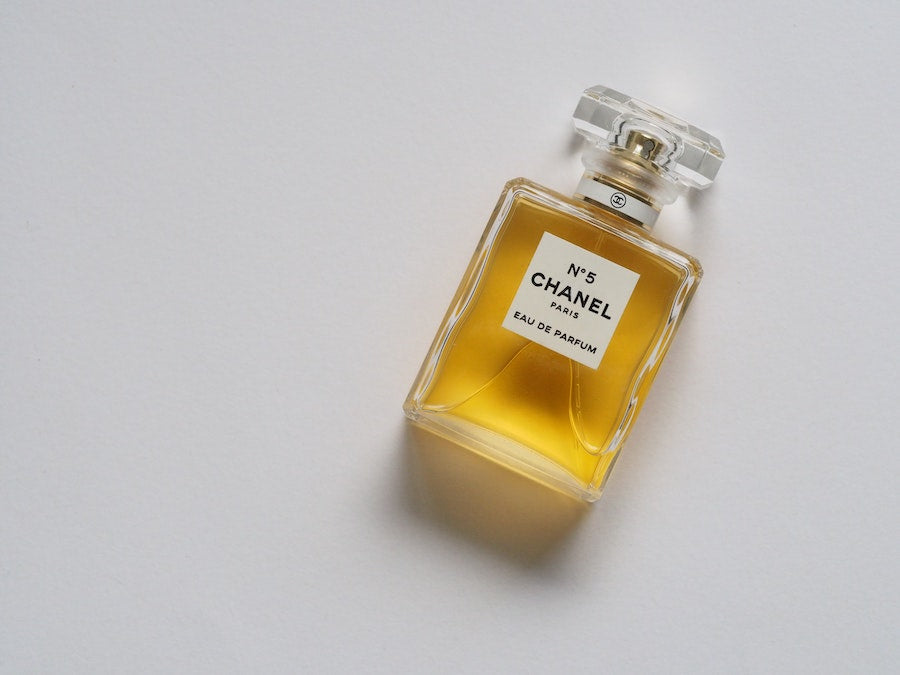
20th century
- The development of synthetic essences and the creation of atomizer-based perfume bottles revolutionized perfumery.
- Francois Coty publicized the idea of telling the story of the perfumes as part of their presentation.
- Compounds like deer musk and oakmoss were still in use, but there was a shift towards synthetic ingredients.
- Designer brands like Yves Saint Laurent, Elizabeth Arden, Christian Dior, and Estée Lauder began their foray into perfumery.
- Coco Chanel introduced Chanel No. 5 in 1920-21. It was unique because of its synthetic composition and is the most popular perfume in the world to this day. Guerlain released the iconic Shalimar in 1925.
- Jean Patou released his perfume Joy in the 1930s. Housed in a crystal bottle, it was the epitome of luxury costing around $800 per ounce.
- Dior’s Miss Dior (1956) and Poison (1985) became unforgettable classics.
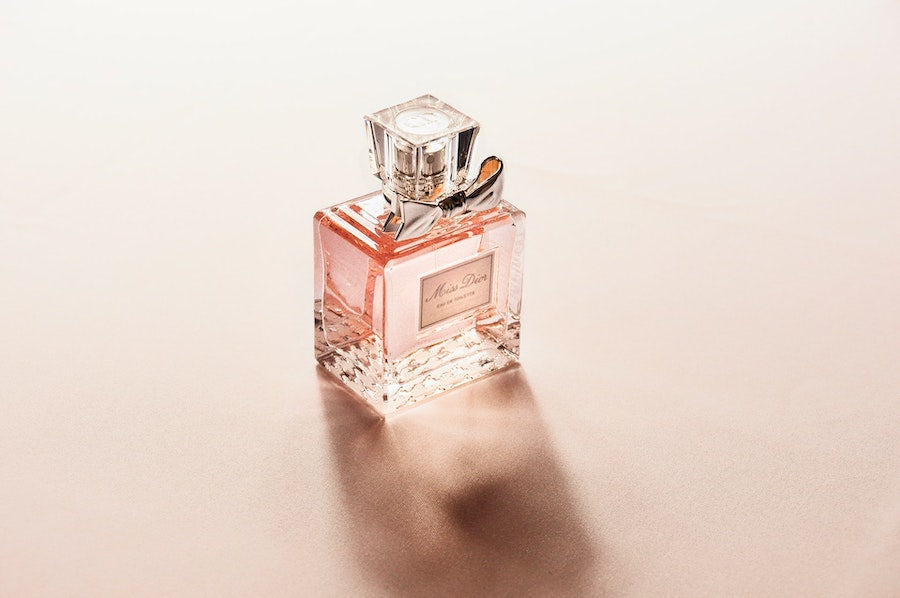
21st century
- Perfume releases have multiplied with new brands emerging every other day.
- Certain raw compounds are no longer in use.
- Niche and indie perfumery have carved a space for themselves amid commercial releases.
Related posts
Does Sunscreen Prevent Tanning? Understanding Its Role & How to Tan Safely
You’ve packed your beach bag, grabbed your favorite sunglasses, and slathered on that bottle of SPF everyone insists you need. But as you step into the glorious sun, a nagging question pops up: “If I’m wearing sunscreen, will I still tan? Or am I just wasting my time trying to get a golden glow?“ It’s…
Clarins Total Eye Lift: How to Use It to Brighten & Firm Tired Eyes
Ever glance in the mirror at 7 a.m. and think, “Did I sleep at all?” We’ve all been there—those mornings where our eyes spill our secrets before we can reach for concealer. If your under-eye area looks more “red-eye flight” than “rested glow,” there’s hope. And not just any hope—Clarins Total Eye Lift is that…
Best Facial Sunscreen for Oily, Sensitive, Dry & Combination Skin (2025 Guide)
Finding the best facial sunscreen for your specific skin type is like searching for the perfect pair of jeans—one size definitely doesn't fit all. Whether you have oily, sensitive, dry, or combination skin, the right sunscreen for face can make a world of difference in how your skin looks and feels throughout the day while protecting against harmful UV damage, premature aging, and skin cancer.
We Tested 3 Skin1004’s Madagascar Centella Sunscreens: Here’s Our Full Review
When it comes to sunscreens, the struggle is real—white casts, greasy finishes, irritation, and worst of all, formulas that just don’t do their job! But we’re here to help. We tested three of Skin1004’s best-selling Madagascar Centella sunscreens to find out which one truly deserves a spot in your skincare routine. Whether you prefer a…
10 Best Pregnancy Safe Hair Dyes That Actually Work (2025 Guide)
If you’ve ever stared into the mirror, roots creeping in, and thought, “Is it okay to do this while I’m pregnant?”—you’re not alone. It’s a question almost every beauty-loving mom-to-be asks herself. The short answer? Yes, you can dye your hair while pregnant… but (and it’s a big but) there are a few things you…
Can You Wear Sunscreen on a Sunbed? The Truth You Need to Know
Picture this: You’re about to step into a tanning bed, anticipating that perfect, golden glow. But then a thought crosses your mind: should you use sunscreen? After all, sunscreen is specifically designed to protect your skin from harmful UV rays, right? So, does it logically make sense to apply it while intentionally exposing yourself to…
10 Best Face Cleansers for Oily Skin in 2025: Expert Reviews & Buying Guide
With countless products claiming to be the best cleanser for oily skin, choosing the right one can feel overwhelming. Some cleansers are too harsh and trigger even more oil production, while others are too gentle to effectively manage excess sebum. This comprehensive guide features the 10 best face cleansers for oily skin that dermatologists recommend and real users love, plus expert advice on how to choose a cleanser for oily skin that works specifically for your needs.
Skincare Ingredients To Avoid During Pregnancy and Safe Alternatives
Let’s be honest—pregnancy changes everything. Your cravings, your sleep schedule, and yes, even your skin. Some moms-to-be glow like a filtered selfie, while others are battling breakouts, dryness, or pigmentation that seems to pop up overnight. And just when you think you’ve found a miracle serum? You flip the bottle and spot the words retinol…
How to Use Hair Oil for Soft, Shiny, and Healthy Hair: Tailored Tips for Every Hair Type
You know that moment when you run your fingers through your hair and it actually feels like silk? Yep, hair oil can do that. We’ve come a long way from those days when oiling hair felt like a messy chore only your grandma insisted on. Turns out—grandma was onto something. Hair oil is the unsung…
How to Get Rid of Oily Skin: Top Tips and Products
Tired of that mid-day shine takeover? If your skin constantly feels greasy or your makeup slides off by lunch, you’re likely dealing with oily skin. But don’t worry—it’s totally manageable. This guide breaks down exactly how to get rid of oily skin with smart skincare tips, proven ingredients, and products that actually work. Whether your…
10 Best Toners for Oily Skin That Won’t Strip or Sting
Oily skin has its perks (hello, slower aging), but it also needs a little extra strategy—and the right toner can make all the differenc...
Moroccanoil Beauty Routine: How To Use It For Salon Worthy Results?
Nothing beats that fresh-out-of-the-salon feeling. The soft, silky strands, the insane shine, the confidence boost… it’s pure magic. But what if you could get those same salon-worthy results without stepping foot in a salon? You can completely transform your hair from dry, damaged, and dull to sleek, shiny, and healthy—all from the comfort of home….
Comments


